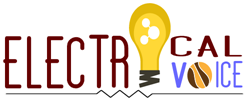Difference between Amplification & Companding
Amplification It is an operation of an amplifier intended to make a signal stronger by increasing the power of a signal. The amplifier output matches the input signal shape but with a larger amplitude. It may be Linear or nonlinear. Companding It is a technique for compressing and then expanding (or decomposing) an analog or … Read more
